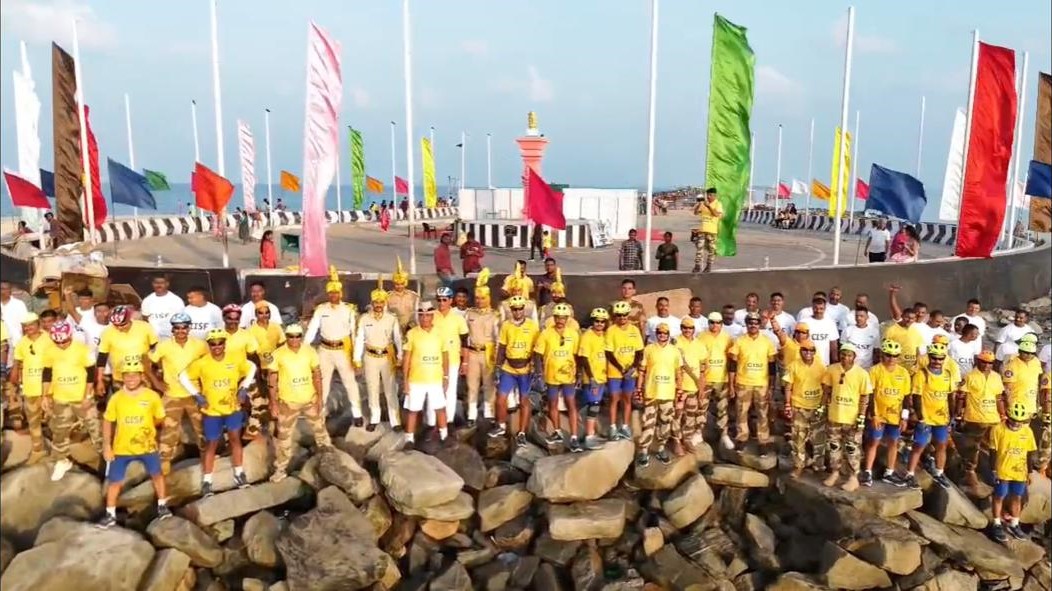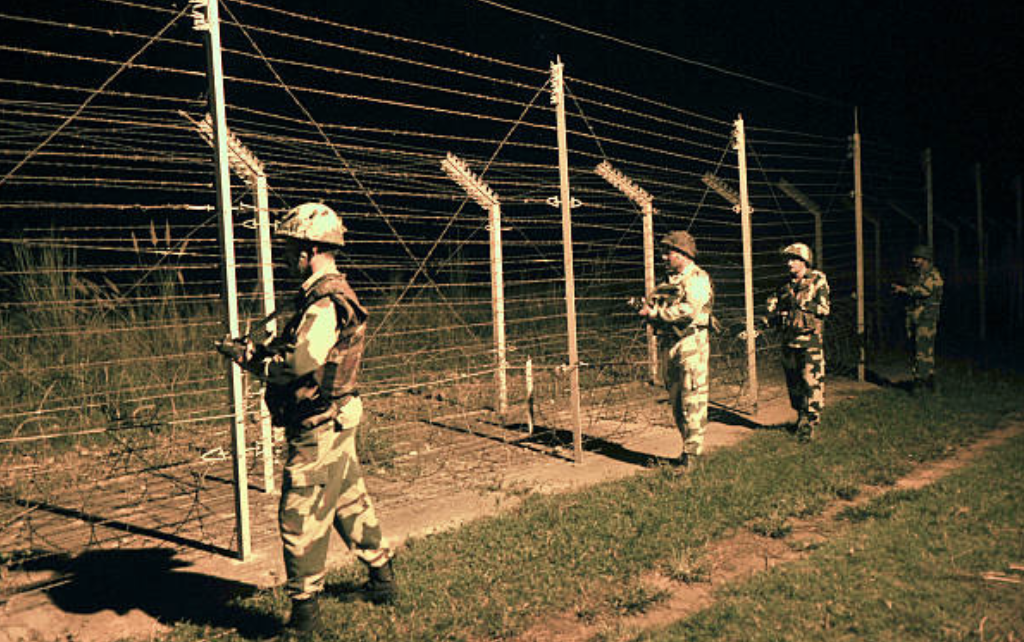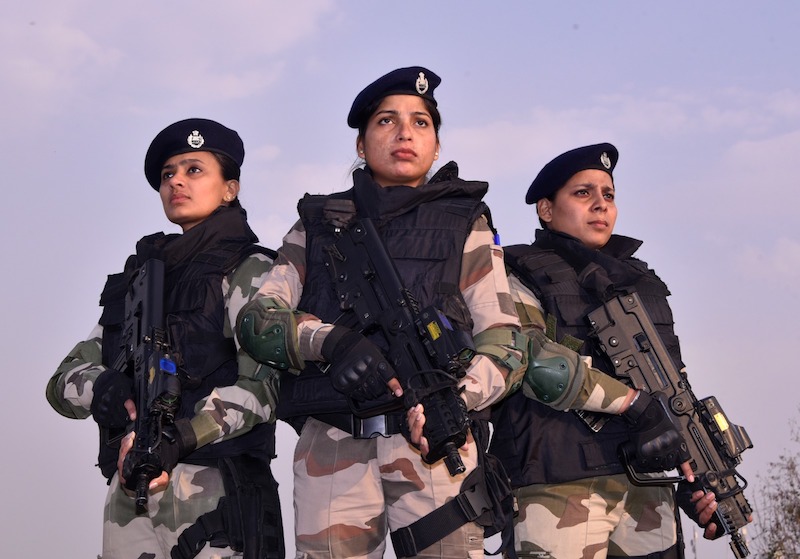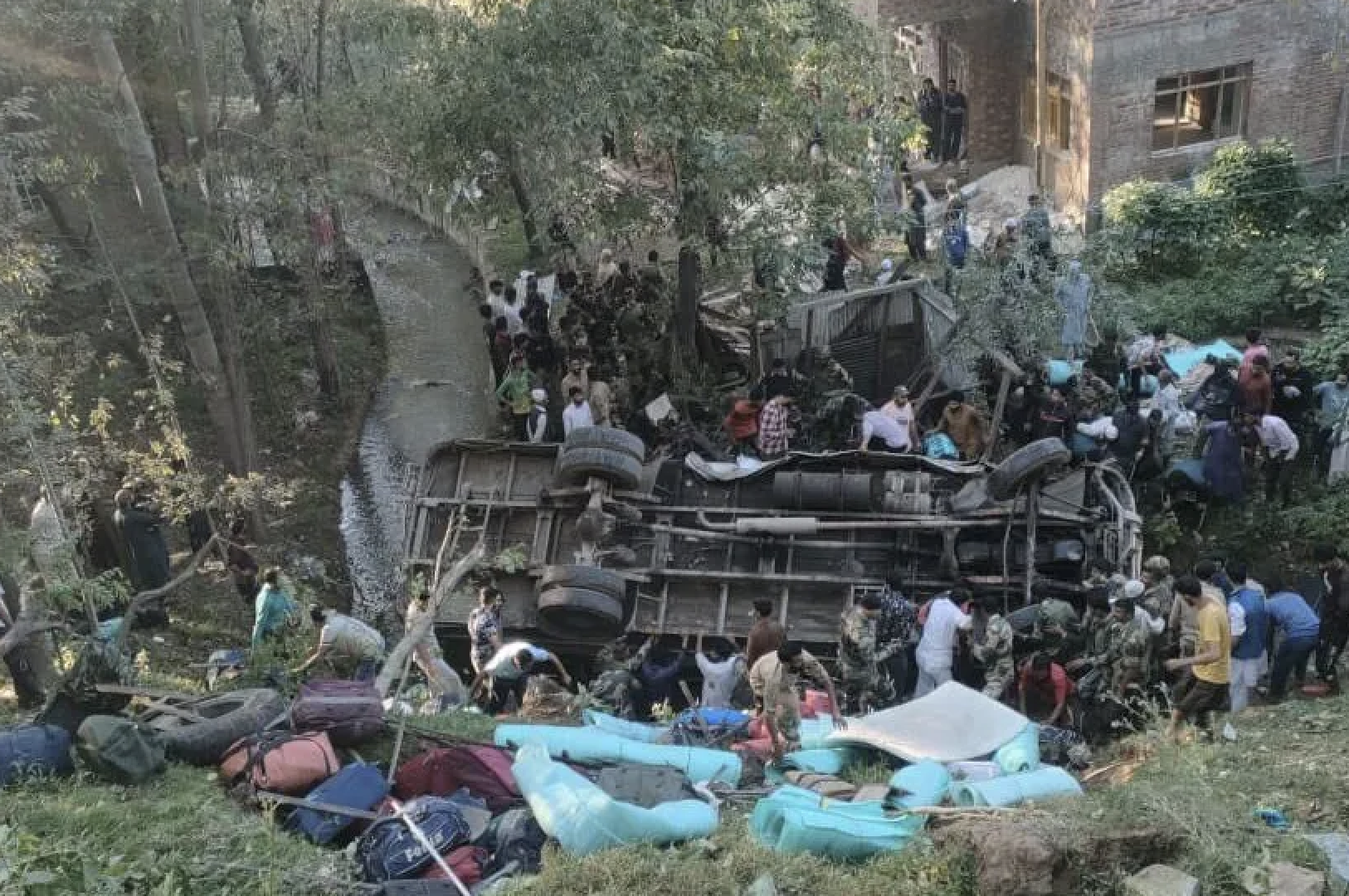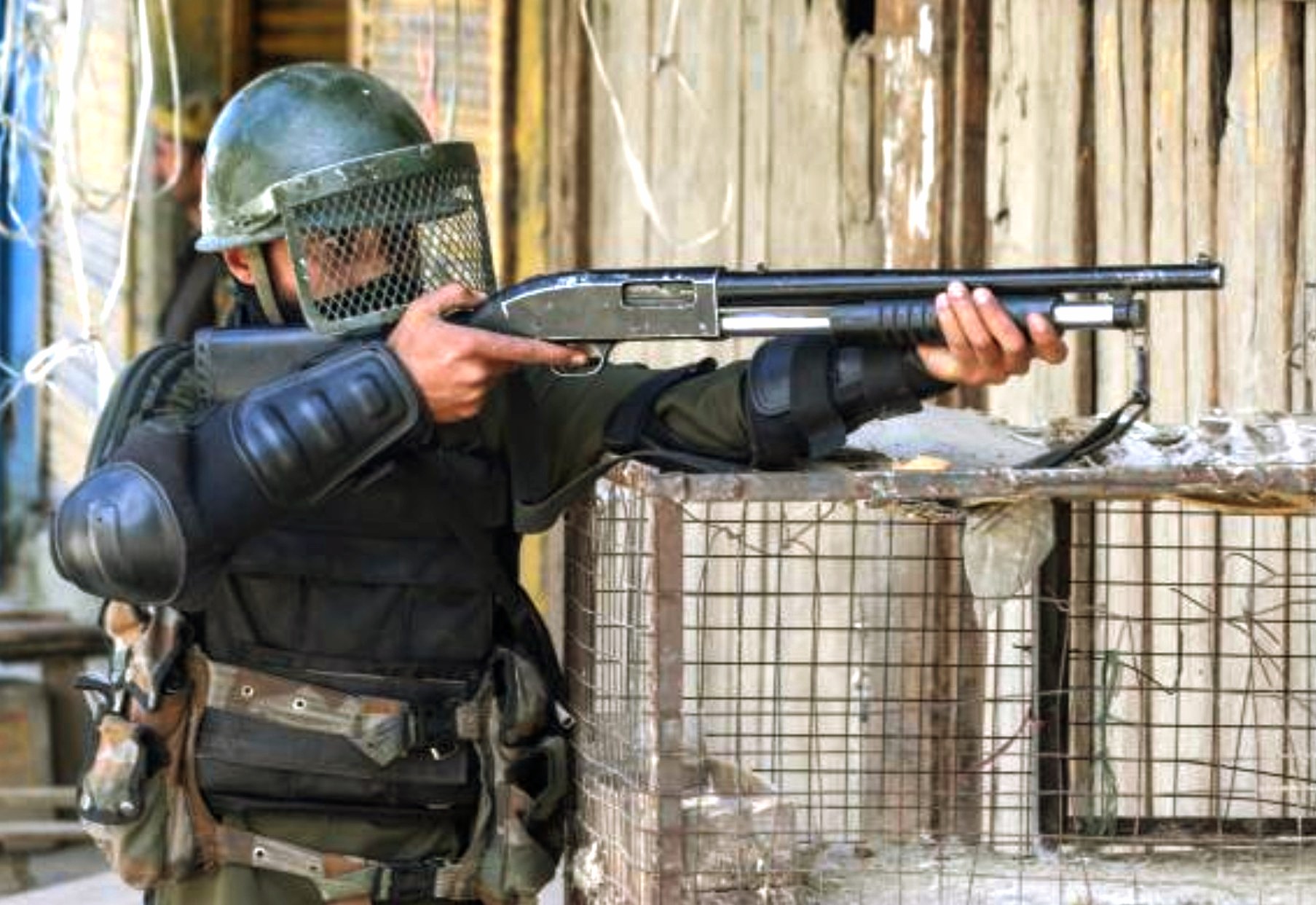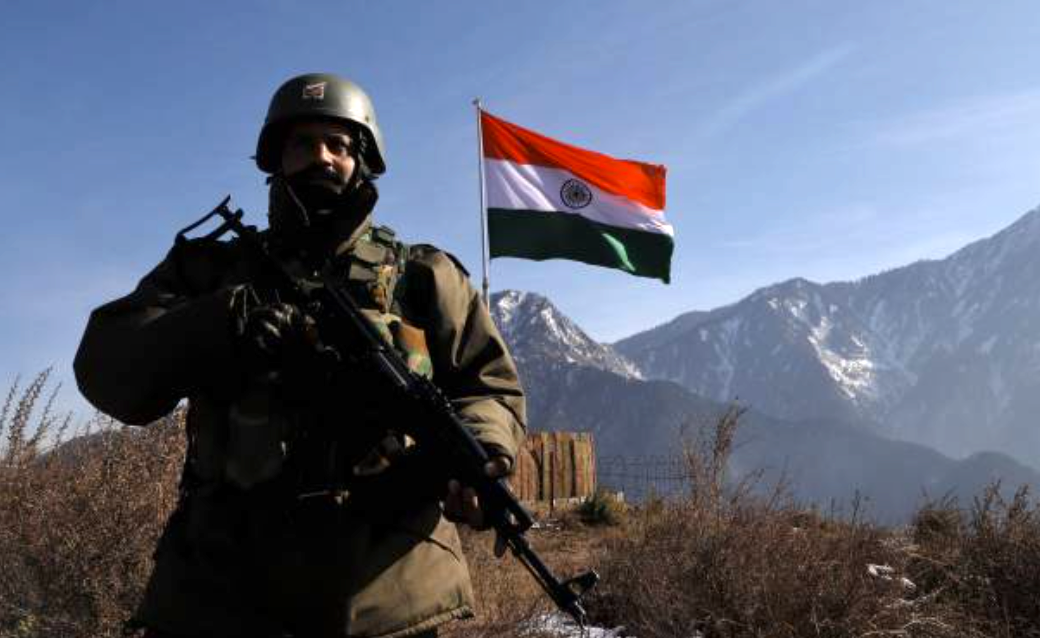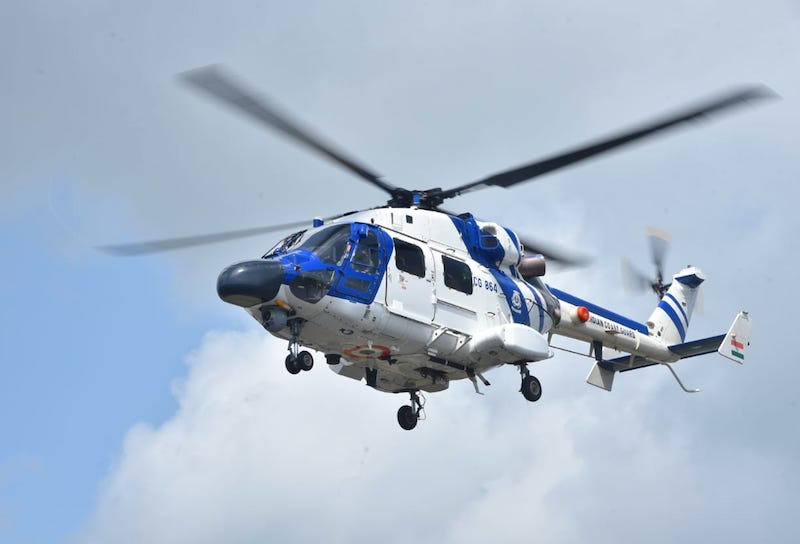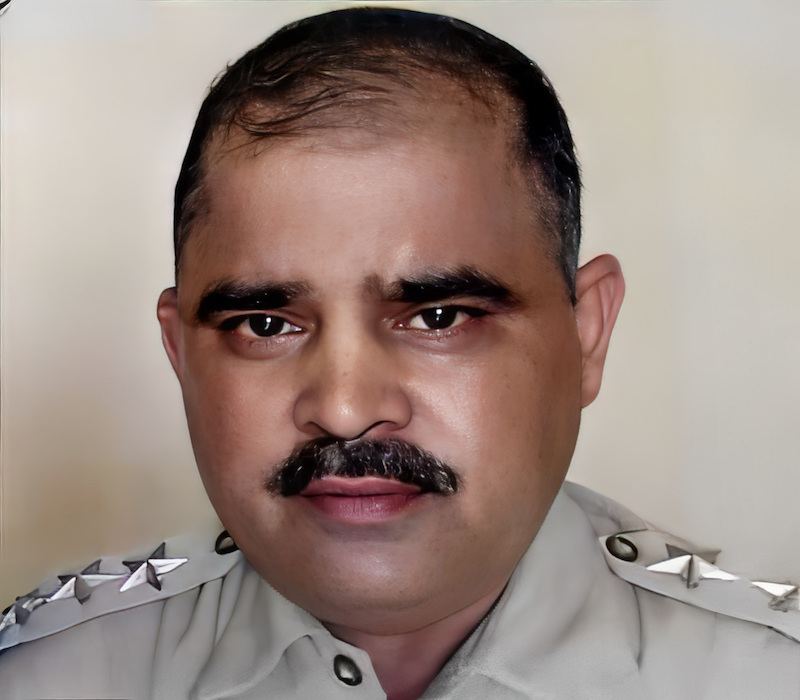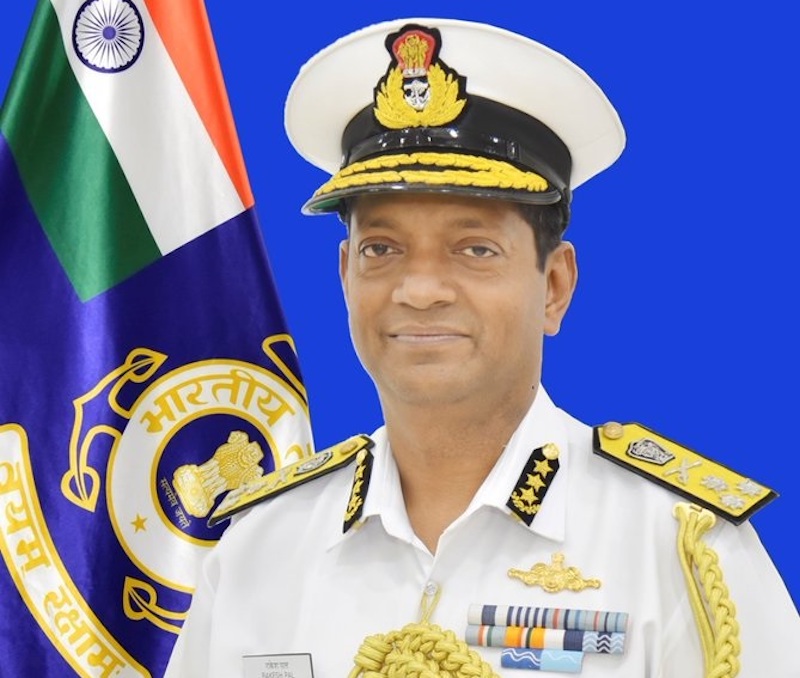 Rescue workers with heavy equipment at the site of Balasore train disaster. (Photo via Twitter)
Rescue workers with heavy equipment at the site of Balasore train disaster. (Photo via Twitter)
New Delhi/Balasore/Bhubaneswar: The three services of India's armed forces – Indian Army, Indian Navy, and Indian Air Force – have been deployed for relief and evacuation operations in the country’s worst railway disaster in at least 30 years. The accident at Bahanaga in Odisha’s Balasore district involving three trains, including two passenger and one goods train, on Friday, has claimed around 300 lives and injured more than 1,000 others.
Over Army, Navy, and Air Force 500 personnel have been deployed along with other rescue workers, including the National Disaster Relief Force, at the site of the crash.
The Navy said a team of 43 personnel with doctors, surgeons and paramedics has been pressed into service along with ambulances and support services from INS Chilka. They are now treating the injured and running an operation theatre at the Balasore District Hospital. The Navy has also set up a medical relief camp with doctors, nurses, and other paramedics at the Gangadhar Kalyan Mandap in Balasore to treat patients with lesser injuries.
The team is also helping the Odisha administration rescuing and evacuating injured passengers.
The Army has also deployed its personnel to assist in the treatment and evacuation of injured citizens. The Eastern Army Command has dispatched medical and engineering teams from neighbouring West Bengal’s Barrackpore and Panagarh with ambulances and support services. The Army engineers, meanwhile, worked to cut mangled coaches to free passengers trapped inside.
They reached the site on Saturday and have been working round the clock since then.
On its part, the Air Force has deployed two of its Mi-17 helicopters and a team of medical and rescue personnel to evacuate the critically injured passengers to places with better medical facilities. An official said the Air Force resources are currently on standby and its personnel are actively working as per the needs of the teams involved.
NDRF teams to reach first
The NDRF were the first organizational responders to the disaster. It dispatched over 300 personnel with heavy metal cutters, heavy-lift equipment, and dog squads within 90 minutes of the accident from its regional response centre in Balasore.
According to latest ground reports, the NDRF has almost completed its search and rescue operations at the disaster site. Since it reached the site, at around 8.30pm on Friday, the NDRF team has rescued around 50 trapped passengers alive and pulled out over 70 bodies from the wreckage.
One of the tracks running through the disaster site has been cleared and trains are expected to resume running on it soon, railway officials said.
Balasore train accident
At around 7.10pm, on June 2, the 12841 Coromandel Express running between Howrah’s Shalimar station and MGR Chennai Central rammed into a stationary good train at a speed of over 100 kilometres per hour after being switched erroneously to a loop line from the main line. The impact was so big that it derailed 22 coaches of the Coromandel Express, many of which fell on an adjacent main line, on which the 12864 SMVT Bengaluru–Howrah Superfast Express was running.
The SMVT Bengaluru–Howrah Superfast Express then crashed against the Coromandel Express’s coaches, which fell on its line. Two unreserved (general) coaches and the brake van of SMVT Bengaluru–Howrah SF Express were derailed. The unaffected portion of the train, which included the engine and 20 coaches, left with its passengers, and continued to Howrah.
The derailed coaches of the Coromandel Express bore the brunt of the crash. Almost all the casualties are reported from this train alone.
The Centre has initiated a high-level inquiry to get into the root cause of the accident. It assured that stringent action would be taken against those whose dereliction of duty led to this tragedy.
Ex gratia compensation
For the dead, the central government has announced an ex gratia payment of ₹2 lakh from the Prime Minister’s National Relief Fund, the Indian Railways ₹10 lakh, the Andhra Pradesh government ₹10 lakh, the Odisha government ₹5 lakh, and the West Bengal government ₹5 lakh.
For the grievously injured, the central government has announced ₹50,000, the Indian Railways ₹2 lakh, the Andhra Pradesh government ₹5 lakh, the Odisha government ₹ lakh, and the West Bengal government ₹1 lakh.
These compensation figures are from initial reports and likely to change with other state governments announcing similar monetary relief for the victims.
Death toll and injuries
According to latest official figures, the death toll in the Balasore train disaster stands at 288. However, the figure is likely to go up as many of those injured, whose number figure around 1,000, are in critical condition.
Some unofficial local sources told reporters that the real death toll is at least twice the official figure. Many passengers travelling in the train, which is usually overcrowded during this time of the year, were without reserved berths. A three-tier sleeper coach, which usually has around 70 reserved berths usually has around over 100 or more passengers travelling on it. The unreserved coaches have three to four times that number travelling in each.

